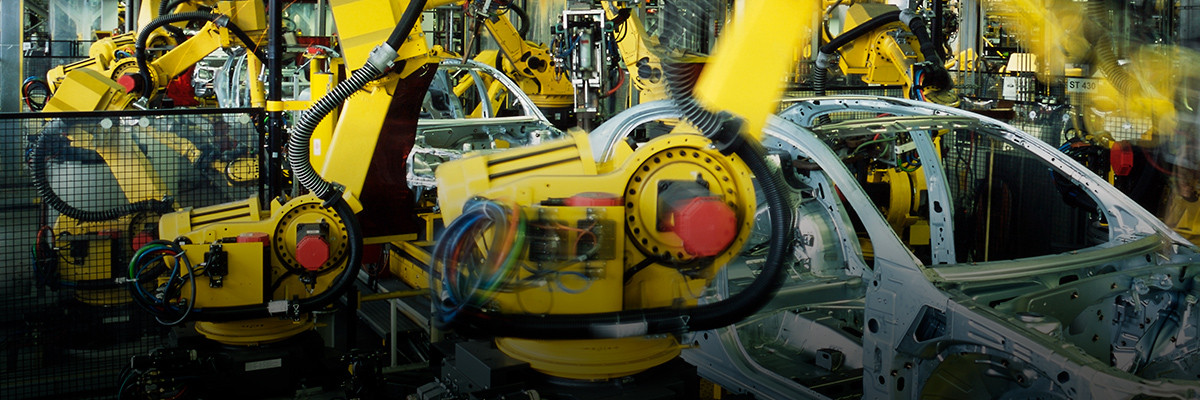
Authors
-
Marshall Chase
Former Associate Director, BSR
For the third year in a row, global carbon emissions leveled off in 2016. Unfortunately, however, to avoid unmanageable climate impacts, we don’t just need emissions to level off—we need to ski down what Al Gore refers to as the “double black diamond” emissions reduction slope necessary to keep the Earth inhabitable for humans and realize the vision articulated in the Paris Agreement.
Business is an essential component of this effort. That’s why at the BSR Conference this year, I led a breakout session exploring lessons from companies that have been working on emissions reductions and energy efficiency for decades: global automakers and other vehicle manufacturers.
Alex Keros represented General Motors, one of the world’s largest automakers, and Laurie Counsel spoke for Cummins, a leading supplier of heavy-duty engines. The two of them highlighted several ways that companies in any industry can address climate change:
- Envision a different future. Climate change regulations, together with technology and market shifts, are creating more uncertainty in the vehicle industry than at any point in the past 70 years—pressures that other industries are also feeling. In the face of this uncertainty, companies that help shape a low-carbon future will be well positioned to thrive in it. Cummins’ scenario planning, its technology portfolio that includes all-electric trucks, and its leadership’s willingness to envision an energy-diverse future illustrate this approach, as do GM’s electric vehicle launches and its engagement in shared-use platforms, such as ride-hailing and car-sharing.
- But build on your legacy. Keros told the story of his kids learning to ride bikes to demonstrate that even if the nature of transportation is changing, people’s desire for freedom and flexibility isn’t. Cummins and GM are applying their legacies of innovation and mobility to meet new climate and market realities while supporting their core customers, whether building an EV that becomes Motor Trend’s Car of the Year because it is “fast, fun, and genuinely entertaining to drive,” or helping customers improve efficiency of products already in use.
- Identify and address potential roadblocks. An audience member highlighted concerns about growing resource use for vehicle electrification, such as the human rights concerns associated with cobalt mining. Panelists acknowledged that because transitions inevitably create new challenges, business leaders need to better understand what these changes are going to look like so that they can address them—a running theme of BSR17, particularly in relation to futures thinking.
- Engage in policy. Policy and regulation have important roles to play in addressing climate change, and we have seen a lot of company engagement in the climate negotiations, most recently at COP23 in Bonn. The climate policy environment is particularly complex and uncertain for automakers, and while they cite challenges related to vehicle efficiency regulations, they are also promoting policies at local, state, and national levels that encourage innovation, electrification, and shared mobility. Company support for effective policy, as well as collaboration with public officials in new ways to quickly learn about emerging technologies, will be important for continued progress.
Overall, however, the panelists encouraged business practitioners to think holistically. Through their power purchases, renewable energy goals, and work to evolve their products and business models, Cummins and GM are tackling numerous aspects of climate change.
For business, addressing this challenge won’t only be about reducing greenhouse gas emissions. It’s also about an uncertain and highly dynamic future. We will need to involve business leaders from product design, internal operations, supply chain, government affairs, communications, and other departments, in addition to executive leadership, if we are to “ski down the double black diamond” emissions reduction slope.
Cummins and GM demonstrated that even some of the most carbon-intensive industries are developing their maps to navigate this journey. Other companies can (and should) do the same.
BSR’s latest sustainability insights and events straight to your inbox.
Topics
Let’s talk about how BSR can help you to transform your business and achieve your sustainability goals.







